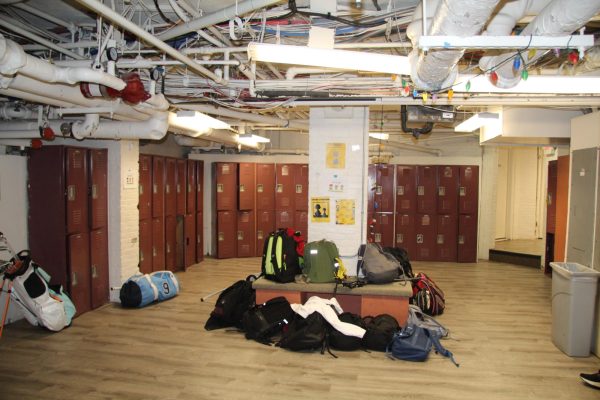Fighting For Our Future in the Arctic
Introduction
Take a trip down memory lane for a moment and think back to when you were in elementary school, flipping through picture books, learning about the truly amazing things the world has to offer. On one page you see lions, elephants, and giraffes from the notorious grasslands in Africa. On the next you see a kangaroo and a koala from the outback in Australia. Turning the page, a magical, cold, icy climate strikes your eye, the Arctic, filled with polar bears and penguins. Now imagine that page being torn out of your coveted book. Why, you ask? Because if we continue down the road we are heading, the beautiful Arctic climate, and the notorious wildlife within it will cease to exist, becoming nothing more than a memory or a mere exhibit in a museum.
As much as people try to deny it, climate change is real and going to start having major effects on the global environment as we know it. Climate change has been an issue for as long as we can remember, so why now? Currently, only five percent of Alaska’s coastal plain remains protected against development (commonly called the Arctic Refuge), and this preserved plot of land is at risk of being sold off to energy developers in order to drill for oil. If this were to happen, not only would the ecosystem of the Arctic dramatically change, but the entire global environment would be greatly impacted.
The Indigenous People
The Gwich’in and Iñupiat people of the Arctic have been living off the land for generations. Today, the Gwich’in live in around 15 villages, located in northeast Alaska and northwest Canada. The Gwich’in still rely upon the native porcupine caribou herd for their clothing and food just as their ancestors did. It was thought that the land would sustain the caribou and then the caribou would sustain the people. The herd gives the Gwich’in people a tremendous spiritual connection to the land. In contrast, the Iñupiat people depend upon the aquatic animal population, more specifically, the bowhead whale. When a whale is killed, it is done so in a sacred way: a tradition where the entire community gathers together to harvest and divide the meat. This tradition puts whale hunting in the center of the centuries old Iñupiat culture.
The continuance of both of these age-old communities is contingent on the survival of the wildlife and the landscape that are tied to the Arctic Refuge. Major drilling companies and climate change pose a threat to these amazing environments and communities, and if we give in the last preserved part of the Arctic Refuge to the same fate, it would put an end to some of the world’s oldest traditions, leaving them forever gone as if they had melted away with the ice.
The Wildlife
As addressed previously, if the Arctic Refuge is sold to energy development, countless species of animals could go extinct. Some animals that are currently facing this risk include, but are not limited to, polar bears, walruses, reindeer, caribou, narwhals, belugas, and the bowhead whale.
In Canada, Greenland, Norway, Russia, and the United States, polar bears are viewed as vulnerable, or are ‘rare’. Climate change and the melting of the ice caps has meant that the bears have much fewer opportunities to feed. The bears store energy during the summer and autumn when it is harder to hunt, however, since the ice has started to melt earlier in the season, the bears have to go longer periods without food and are not prepared for this, leading to unhealthy starvation.
The oil and gas industry is increasingly moving into the Polar bear’s Arctic territory, leaving them at greater exposure to harmful toxins through oil spills and leaks. If a polar bear were to come in contact with an oil spill, it firstly reduces the insulation effect on it’s fur, and secondly, if the oil is ingested (either through grooming or through its prey) the bear could be poisoned. There is also currently neither an efficient nor effective way to clean and control an oil spill in the arctic waters, meaning that once there is a spill, it would quickly spread, poisoning the entire ecosystem animal by animal.
Similarly, the walrus population has been classified as vulnerable (IUCN) for numerous years due to hunting for their ivory tusks. While the United States, Canada, Greenland, and Russia try to limit the numbers of walrus that are hunted to maintain a sustainable number, the population could take a major hit due to climate change, leaving the numbers in disarray. Oil spills brought by massive corporations are nearly impossible to clean up, leaving the walrus population even more vulnerable than they were before for an extended period of time. Additionally, due to climate change, the walruses are out earlier in the year, meaning they’re exposed to the hunters for significantly longer than normal. Even though many countries try to protect the walruses, illegal poachers still remain at large.
Lastly, the reindeer population have been facing the effects of climate change like no other animal, having a huge impact on their migration patterns. While they don’t come in the flying variety nor do they lead Santa’s sleigh, there are countless species of reindeer that migrate to the Arctic annually. Just this past August, a herd of Taimyr reindeer were seen migrating through a Russian village a few weeks earlier than normal. Up to 200 young calves were not strong enough to cross the massive Khatanga River and were sadly abandoned by the herd. As the weather is shifting, the migration patterns of countless animals are not adapting fast enough. Reindeer and caribou also remain at the heart of numerous indigenous cultures, and when they are at risk, the people are too.
What you can do to help
Due to the growing influence of Tik Tok among teens, the movement to save the Arctic Refuge has rapidly spread, gaining overwhelming support seemingly overnight. This support is shown through the 157,925 signatures on a Change.org petition to save the Arctic. However, as the support begins to plateau, it is important to remember what we are fighting for and to continue with this flood of support.
If you want to help, you can donate at: https://www.nrdc.org/protect-arctic-national-wildlife-refuge. They are grateful for any donation to help the cause, especially since they are going against some of the richest corporations and industries in the world. Additionally, spread awareness to your friends and family. While it may not seem like you are doing anything by reposting an image you see on social media, you are putting important information in so many people’s hands. It doesn’t take just one truly inspired person to enact change, but rather a band of these inspired, determined people to help preserve these important species and aid these indigenous groups in fighting for their livelihoods.
Protectthearctic.com. “Alaska Wildlife: Arctic National Wildlife Refuge.” Alaska Wildlife | Arctic National Wildlife Refuge, www.protectthearctic.org/alaska-wildlife-arctic-national-wildlife-refuge?hsCtaTracking=1b2ab76c-2dcb-4be3-9b6e-c698221788c9%7C793e3df1-6b4c-4de4-8257-040bd1b9a062.
“Save the Arctic: YOUR Actions Make a Difference.” Save the Arctic | YOUR Actions Make a Difference, www.peoplevsoil.org/en/savethearctic/.
“Wildlife.” Wildlife | WWF Arctic, arcticwwf.org/work/wildlife/.

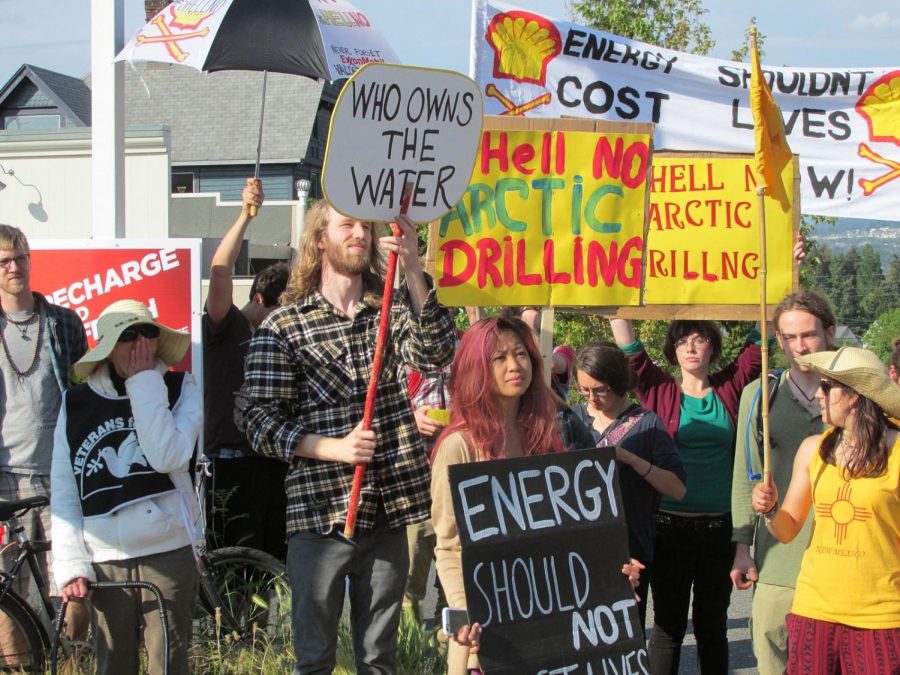
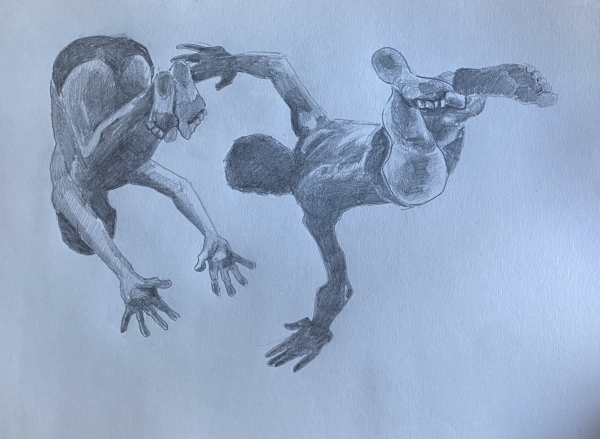



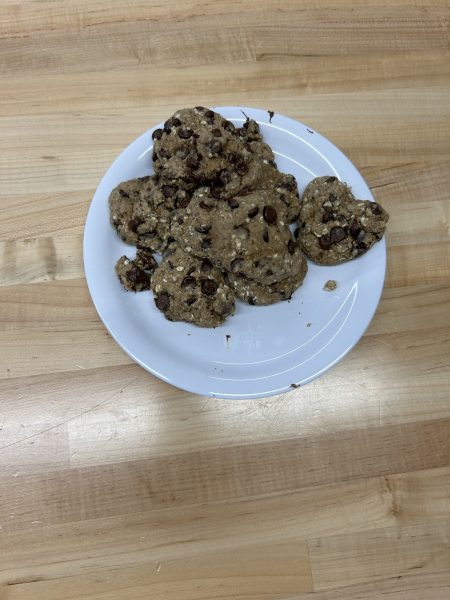


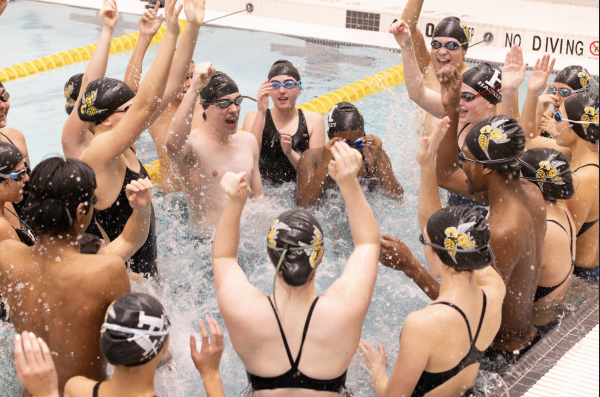
![Although the affect of COVID-19 has been on a decline with less cases and deaths allowing most of us to remain mask free, people on the Hilltop are still choosing to mask up. Personal health concerns as well as helping an elderly neighbor are reasons as to why middle school science teacher Emma Olsen still wears a mask years after the COVID-19 pandemic began. Since I am helping take care of him, you know I go over to work with his dogs, that kind of thing; I dont want to bring [the virus] home to him, Ms. Olsen said.](https://hsdial.org/wp-content/uploads/2024/03/IMG_1713-450x600.jpg)
